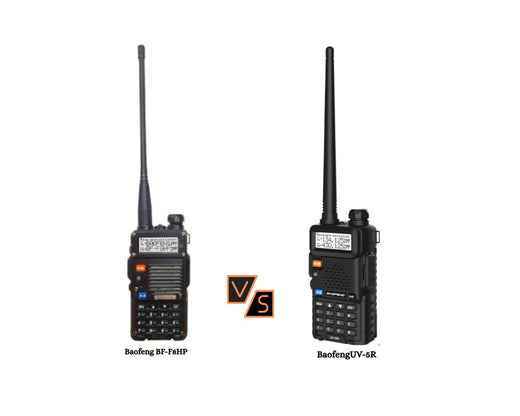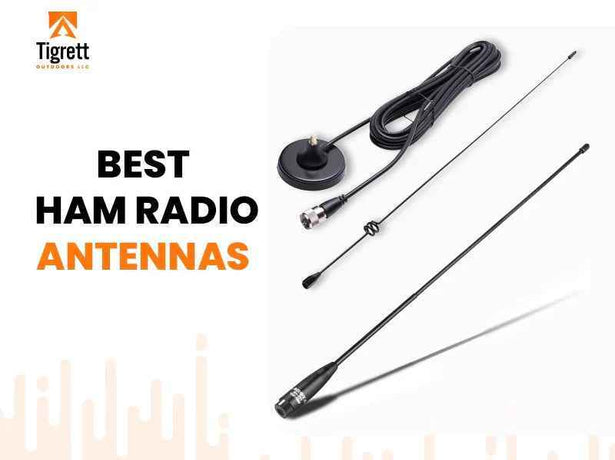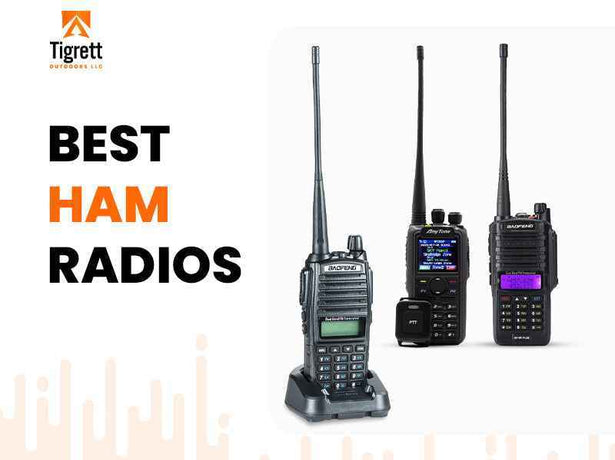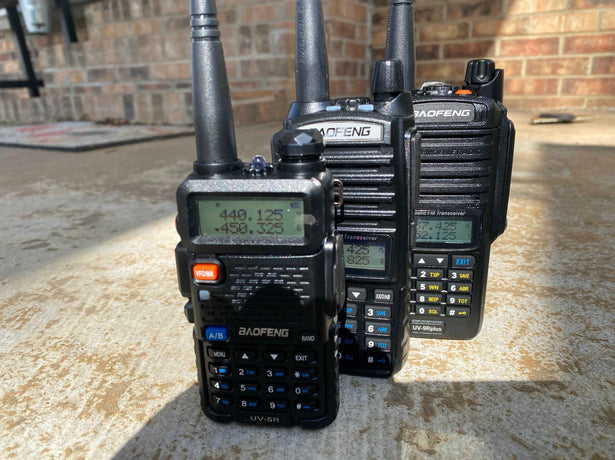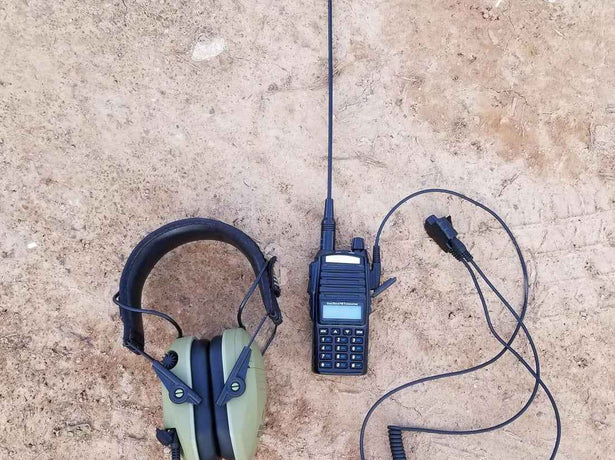Communication is easier than ever in today's world. But what happens when there's no cellular signal? Or if there’s a natural disaster?
Ham radio can be helpful at that moment. When the power connection is lost, you can still communicate with an amateur radio. But the question is, how far can two-way radio reach?
A ham radio range depends on its type. A small handheld radio can reach about 5-10 miles. A mobile radio in a car can go up to 50 miles. A powerful base station can reach people worldwide under the right conditions.
This guide covers everything you need to know about the range of ham radios. You’ll learn how it works and how you can extend it.
What is the Range of a Ham Radio?
Ham radio range is the maximum distance of shortwave radio transmission that can be received between two radios. It depends on frequency, antenna height, power and environment.
HF signals bounce off the ionosphere for global communication. VHF/UHF signals travel in a straight line. They are limited by the horizon unless boosted by repeaters.
For example, A small handheld amateur radio usually reaches only a few miles. A taller antenna or a repeater can help the signal go farther.
A big home radio can bounce signals off the sky (ionosphere). This allows people to talk around the world without using the internet or cell towers.
How Does Radio Signal Coverage Work?
Ham radio signals travel as electromagnetic waves. Their range depends on frequency, antenna height, power and the surrounding environment. These signals move differently depending on their frequency.
HF signals (3-30 MHz) bounce off the ionosphere. This allows them to travel long distances by reflecting between the Earth and the atmosphere.
VHF and UHF signals (above 30 MHz) travel in a straight line. It’s known as "line-of-sight." This means they can only go as far as the horizon unless something reflects them.
For VHF and UHF signals, the range can be estimated using the formula: D≈4.12×(h1+h2)
Where D is in kilometers, and h1 and h2 are antenna heights in meters.
Antennas also affect range by focusing energy. Antennas with higher gain direct more energy in a specific direction. It increases the distance a signal can reach.
Some of the signal is lost if two antennas are not aligned in the same polarization (vertical or horizontal).
Types of Ham Radios and Their Range
Two-way radios are divided into three main types: handheld radios, mobile radios and base stations. Each type has different power levels, ranges and best-use scenarios.
Handheld Radios
Handheld radios are the most portable option and resemble large walkie-talkies. These radios typically operate on the VHF (Very High Frequency) and UHF (Ultra High Frequency) bands. They usually operate at around 5 watts of power.
Their direct transmission range is usually between 5 and 10 miles without any external aid like a repeater. It can also vary depending on terrain and obstacles. However, if a repeater is available, their range can extend up to 50 miles or more.
These radios are helpful for local communication and emergencies. Especially when cell phone networks fail. It’s ideal for portable use, but battery life can limit its operation time.
Mobile Ham Radios
Mobile handheld radios are designed for vehicle use and provide a mid-range option. They are typically mounted under a dashboard and used with an external antenna. Using an external antenna can significantly improve their range.
Mobile radios generally operate at power levels of up to 50 watts. But some models can reach up to 200 watts.
Under ideal conditions, they can reliably transmit up to 50 miles without a repeater. If you connect them with a repeater, they can reach even further.
Truckers and ham enthusiasts commonly use mobile radios. They’re perfect for longer-range communication while traveling.
Base Station Ham Radios
Base station ham radios are the most powerful and complex type. These radios are installed in fixed locations.
It can operate at much higher wattage, with some reaching up to 1500 watts. It also depends on the operator’s license.
A well-set-up base station with a high-quality antenna can communicate over thousands of miles. They can even reach people worldwide by bouncing signals off the ionosphere.
Base stations require a stable power supply, usually running on AC power. Battery or solar panels are also used as backup options.
What Are the Key Factors That Impact Ham Radio Range?
The range of an amateur radio depends on several factors. These factors include the frequency band used, antenna type and placement, power output, propagation conditions and obstacles in the environment.
Frequency Bands
Two-way radios operate on different frequency bands, which affect their range.
Using ionospheric reflection, High-frequency (HF) bands can be an ideal choice for long-distance communication. Especially during specific times of the day.
Very High Frequency (VHF) signals travel further than Ultra High Frequency (UHF) signals in open areas. UHF signals are better at penetrating buildings and dense urban environments.
Certain HF bands, like 40m and 80m, work best at night. Others, like 20m and 15m, perform better during the day.
Antenna
The height of an antenna is crucial for extending the range of a two-way radio.
The higher the antenna, the further the signal can travel. This happens due to reduced obstructions and an increased line-of-sight.
A properly positioned antenna can significantly boost transmission capabilities. Different types of antennas can influence the range. Such as whip antennas and Yagi antennas.
Whip antennas are common for handheld radios. Directional Yagi antennas help in long-range communication. Some antennas are designed to work close to the ground, while others function best when elevated.
Power Output
The power output of an amateur radio directly affects its range.
A 5-watt handheld ham radio range of 3-7 miles in urban areas and 5-10 miles in open terrain. If you’re using a higher antenna or a repeater can extend this range to 50 miles or more.
8 watt ham radio range 4-10 miles in cities and 6-12 miles in open areas. The increased wattage helps in reducing signal loss in challenging environments. It makes the radio more effective in hilly or wooded regions. If connected to a repeater, an 8-watt radio can cover distances up to 60 miles.
A 10-watt ham radio range 5-12 miles in urban areas and 8-15 miles in open environments. When using a repeater or operating from an elevated position, these radios can communicate over 60+ miles.
The Federal Communications Commission (FCC) sets legal limits for power output. The maximum allowed is 1,500 watts for amateur radio operators.
Propagation
Propagation conditions significantly affect the shortwave radio signal reach.
HF signals rely on the ionosphere to bounce back to Earth for global communication. VHF and UHF signals mostly travel in a straight line (line-of-sight) but are limited by the horizon.
Radio signals may be obstructed in hilly or mountainous areas, which can reduce range.
Repeaters at high elevations retransmit signals over long distances. This helps extend communication by a long range.
Obstacles
Physical obstructions can weaken radio signals. UHF signals are more affected by dense urban structures. Whereas VHF signals can penetrate better. Weather conditions also play an essential role in radio transmission distance by affecting signal strength and clarity.
For example, stormy weather and high temperatures can disrupt signals. It will initially reduce radio range.
By understanding these factors: frequency, antenna setup, power output, propagation conditions and environmental obstacles, shortwave radio signals can travel far distances.
How to Expand Range with Digital Networks and Satellites?
Expanding communication range in ham radio relies on digital networks, satellite communication and internet linking.
These methods help radio operators to overcome the limitations of traditional RF (radio frequency) signals. They allow reliable long-distance communication.
Digital Networks
Digital networks enable worldwide communication by linking radio repeaters over the internet.
Some of these digital networks include DMR (Digital Mobile Radio), D-Star and Echolink. These systems help operators to send and receive signals beyond the typical line-of-sight range.
DMR (Digital Mobile Radio) uses time-division multiplexing. It enables multiple conversations on the same frequency. It’s an efficient system for digital two-way radios.
D-Star (Digital Smart Technologies for Amateur Radio) is a digital voice and data protocol. It can work on both direct and repeater-based digital communication.
Echolink connects licensed ham radio operators using VoIP (Voice over Internet Protocol). It allows communication through computers, mobile devices or traditional radios linked to the system.
Digital repeaters help extend the range by sending local radio signals online. This allows communication on a global scale. They are helpful in emergencies and help operators reach beyond standard RF limits.
Ham Satellites
Ham radio satellites provide an alternative to ground-based repeater networks. These satellites function like high-altitude repeaters. They are able to enhance communication over thousands of miles. Some of the ham satellites are:
Low Earth Orbit (LEO) satellites: These satellites move quickly across the sky. They can be used for contacts up to 1,500 miles apart.
Geostationary satellites: These are fixed over a specific region. It allows continuous long-range communication.
A Yagi antenna is commonly used to track these satellites and improve signal reception. Some satellites have amateur radio repeaters that allow communication with astronauts.
Internet Linking
Internet-linked systems allow operators to extend their reach without depending on direct radio transmission. This includes VoIP (Voice over Internet Protocol) and remote station operation.
VOIP networks work by connecting radio repeaters through the internet. It allows operators to reach stations worldwide. For example, Echolink and IRLP (Internet Radio Linking Project).
Remote ham stations enable users to control powerful base stations via the internet. This way, the radio operators can communicate over HF bands from anywhere with an internet connection.
These methods are particularly useful when users don’t have access to high-power radio equipment.
When to Use Digital Methods Over Traditional RF
Digital and satellite-based methods are ideal when:
- Operating in urban environments where RF signals face interference.
- Seeking global communication without relying on shortwave HF propagation.
- Emergency communication, when traditional infrastructure is unavailable.
- Using handheld or mobile radios with limited transmission power.
Best antenna placement for maximizing radio reach
Antenna placement is crucial for an effective range and clarity of radio communication. The right combination of antenna type, height and tuning ensures maximum reach and minimal signal loss.
Antenna Types
Different antennas are used for different purposes. Omnidirectional antennas radiate signals in all directions. They are ideal for general communication.
Directional antennas focus signals in a specific direction. It makes them useful for long-range communication.
Vertical antennas work well for general mobile or base station setups. Yagi antennas are best suited for maximizing range in a particular direction. They are commonly used in ham radios.
Antenna Height
Height is one of the most important factors that affect signal reach. The higher the antenna, the farther the signal can travel. This happens due to reduced obstructions and increased line-of-sight.
"Height above average terrain" is a key principle. Placing an antenna on a hill or a tall tower will increase the transmission range.
For handheld radios, raising the device above ground level can improve reception. Such as standing on an elevated surface or holding the radio higher.
When used in a vehicle, antennas should be mounted as high as possible. For example: placing it on the roof rather than the trunk.
Signal Optimization
Properly tuning the antenna can prevent signal loss. The standing wave ratio (SWR) should be minimized to ensure maximum power transmission.
A well-tuned antenna improves efficiency. It allows more signals to be transmitted and received.
Using a low-loss coaxial cable can also help reduce signal attenuation over long cable runs.
Common Mistakes in Antenna Placement
One of the biggest mistakes is placing an antenna too close to obstructions. These barriers can block or reflect signals. For example: buildings, metal structures, or trees.
In urban environments, UHF frequencies are better suited. They can penetrate obstacles more effectively. VHF works better in open areas with fewer obstructions.
Another common mistake is improper grounding. It can lead to poor signal performance and potential equipment damage.
By choosing the right antenna, placing it at an optimal height and making sure it is properly tuned, radio operators can communicate in better range and clarity.
FAQ
Amateur radios are known for their impressive range of communication. Here are answers to some common questions about radio signal coverage, licensing and their capabilities:
Do you need a license to operate a ham radio?
Yes, you need a license to operate a handheld radio. In the United States, the Federal Communications Commission (FCC) requires ham radio operators to pass an exam before they can transmit. There are three license levels: Technician, General and Amateur Extra.
How far can a ham radio reach?
A handheld ham radio can typically reach 3-5 miles without a repeater. A mobile unit with a higher antenna can cover 50 miles. Base stations with high-power outputs and repeater networks can communicate over hundreds or thousands of miles.
How far can a 1500-watt ham radio reach?
A ham radio operating at the legal limit of 1500 watts can communicate worldwide, especially on HF bands. These frequencies can travel thousands of miles by reflecting off the ionosphere.
What is the best ham band for long-range communication?
The HF (high frequency) bands are the best for long-range communication. Frequencies in the 3-30 MHz range can travel thousands of miles due to ionospheric reflection. The 20-meter and 40-meter bands are popular for global contacts.
Do ham radios work without electricity?
Yes, ham radios can function without direct electrical power. Many handheld and mobile units run on batteries. The base stations can be powered by backup batteries, solar panels or generators.
Final Words
Ham radio remains a vital communication tool. They offer reliable connectivity even when modern infrastructure fails. The range of an amateur radio depends on multiple factors, including power output, antenna height, terrain and frequency band.
Handheld radios typically reach 5-10 miles. Mobile units in vehicles can extend the range up to 50 miles. Base stations can communicate worldwide when properly set up. Environmental conditions, antenna placement and power regulations also impact on communication range.
Increasing antenna height can vastly improve reach and allow long-distance communication. With proper ham radio equipment, licensing and knowledge, you can stay connected. No matter the location or technology limits.

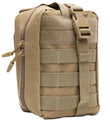
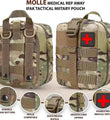
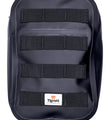
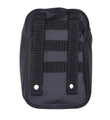
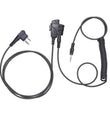
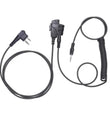
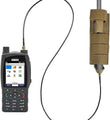
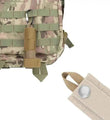
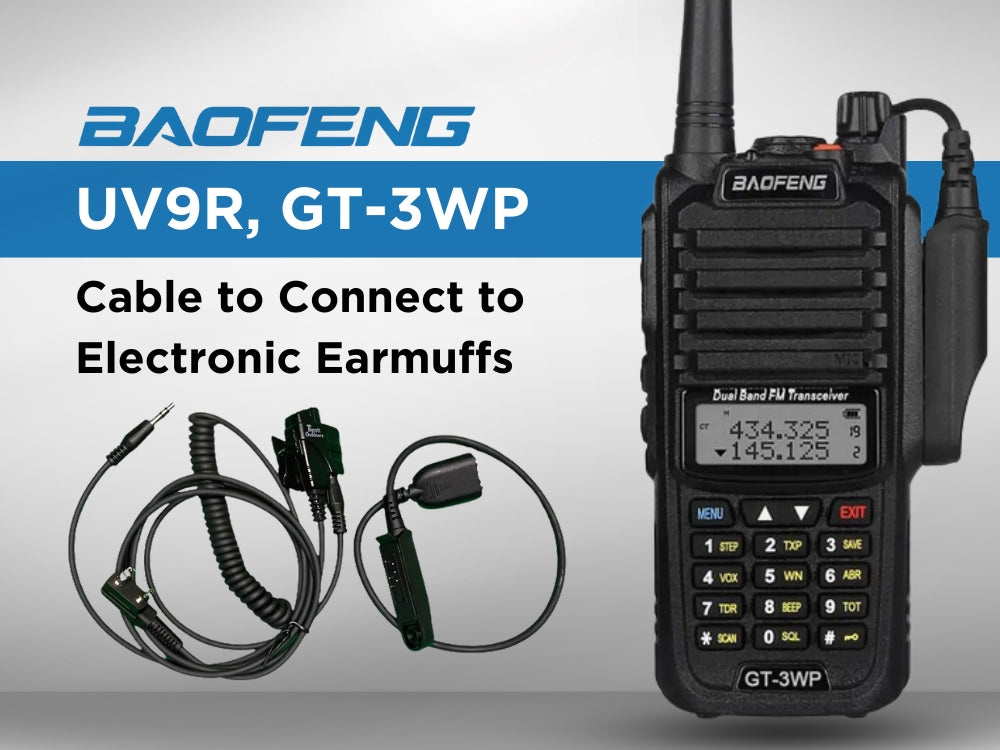
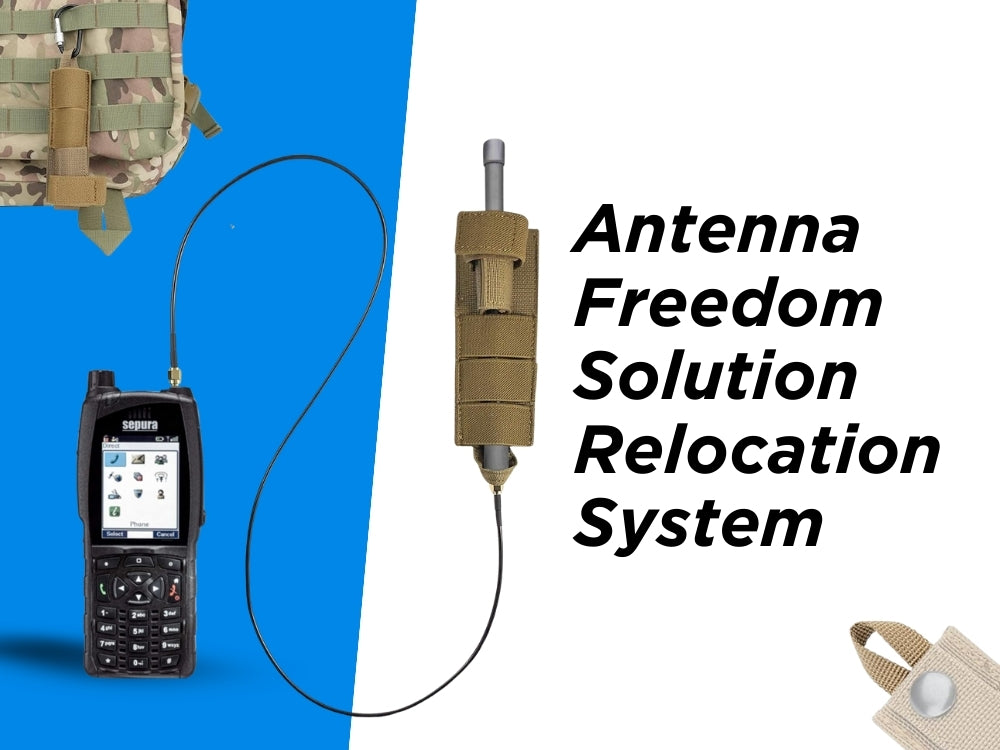
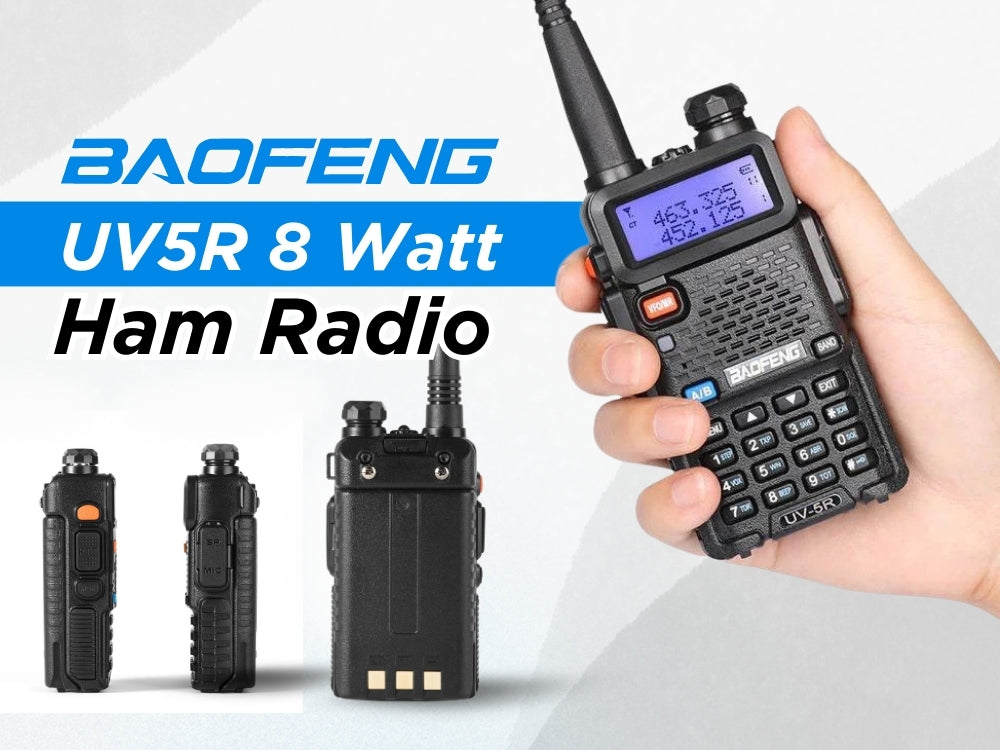
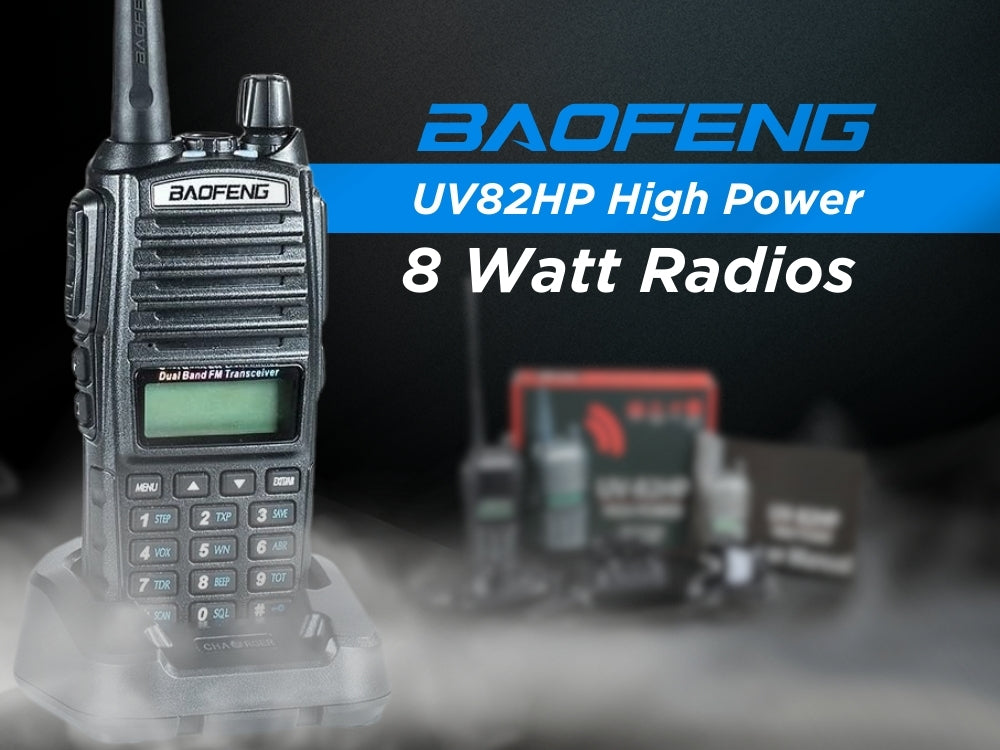
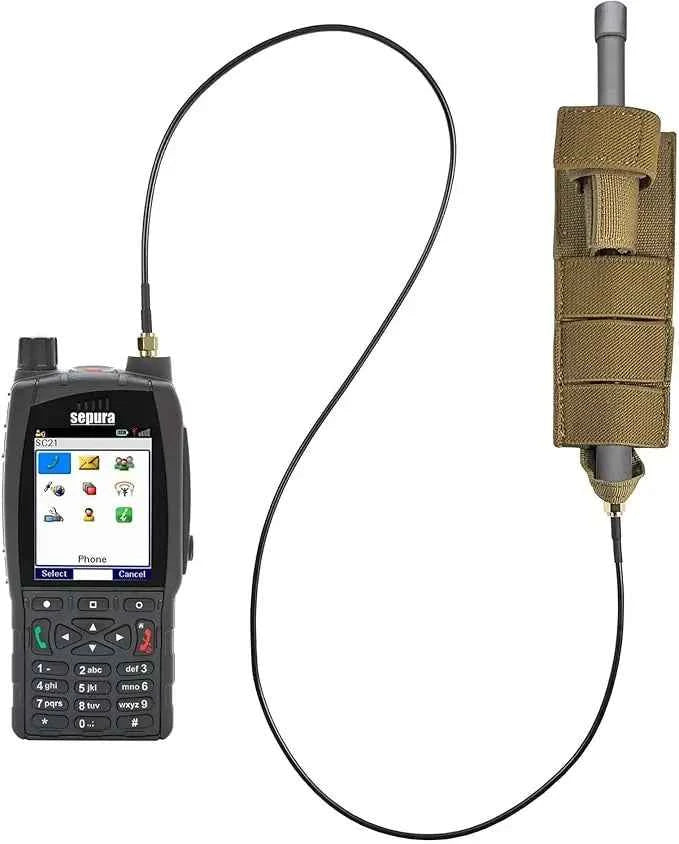





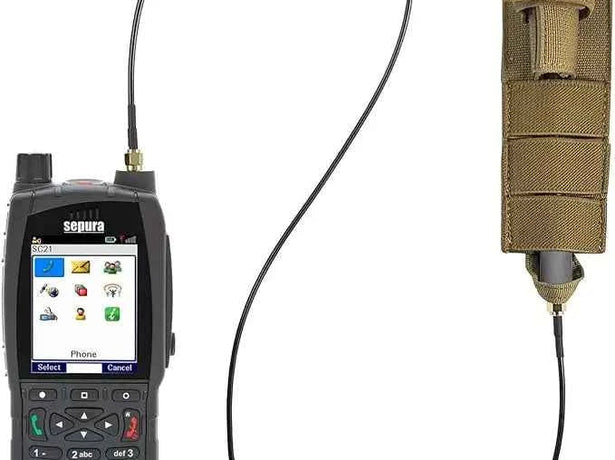

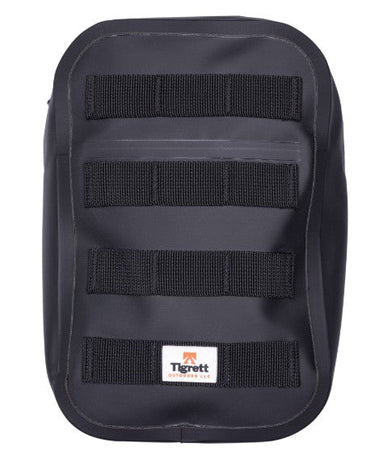
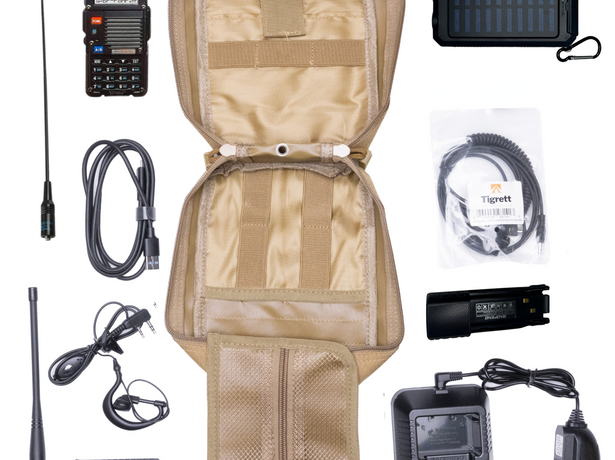
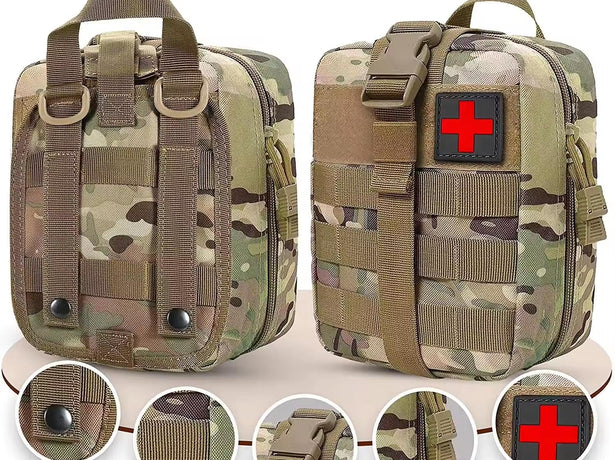
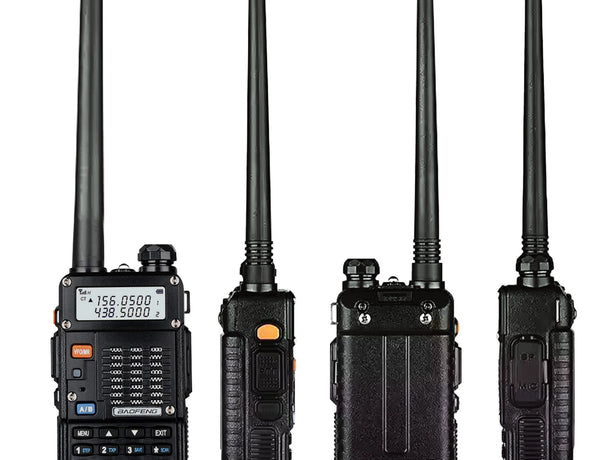

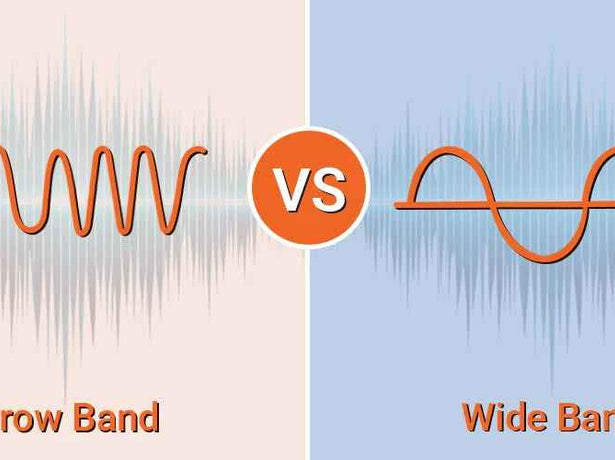
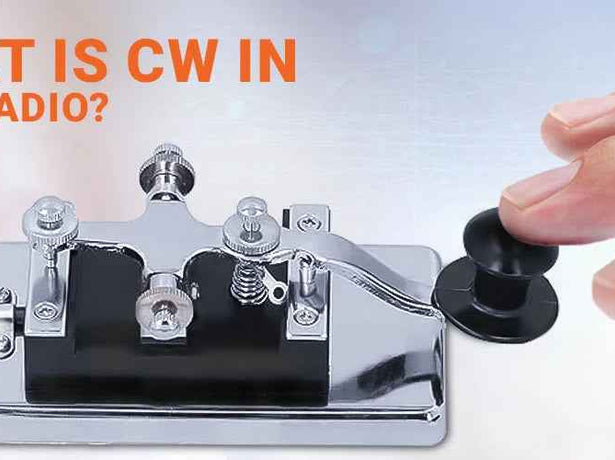
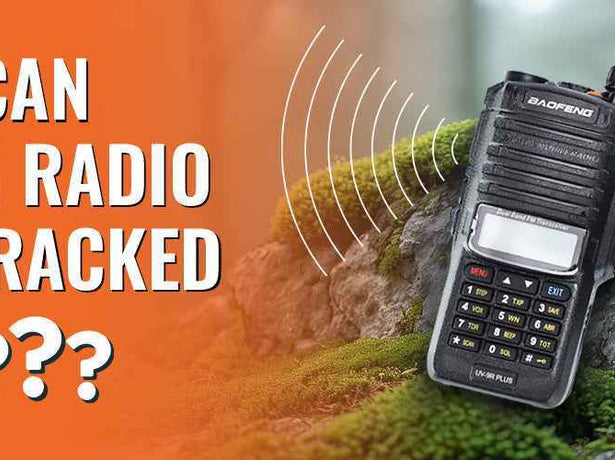
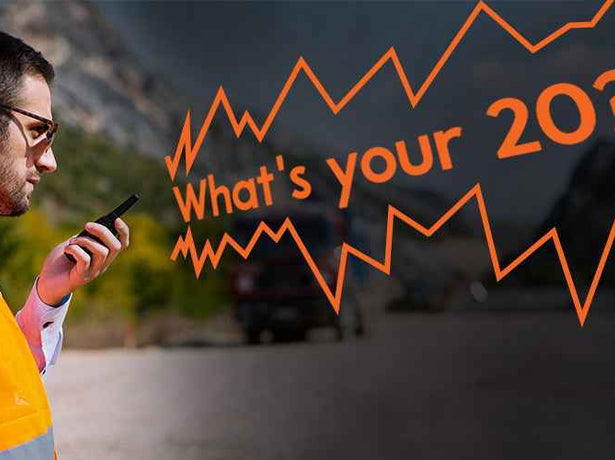

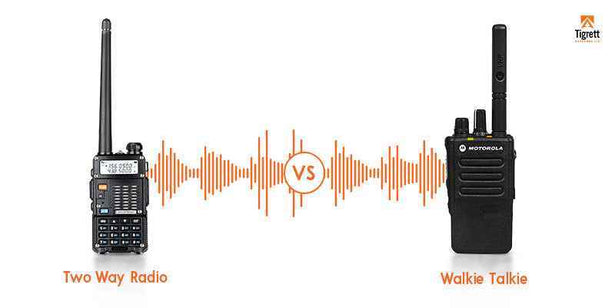
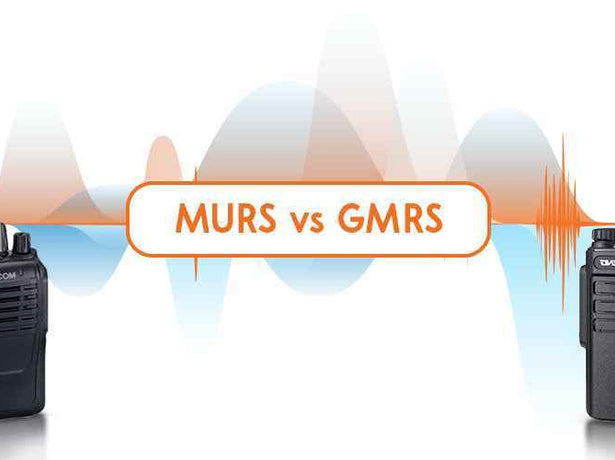
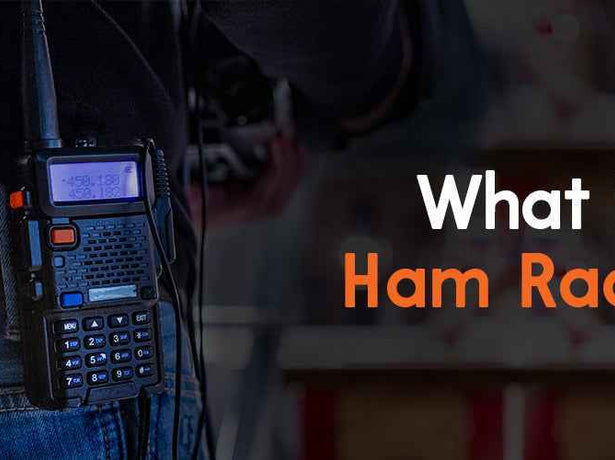
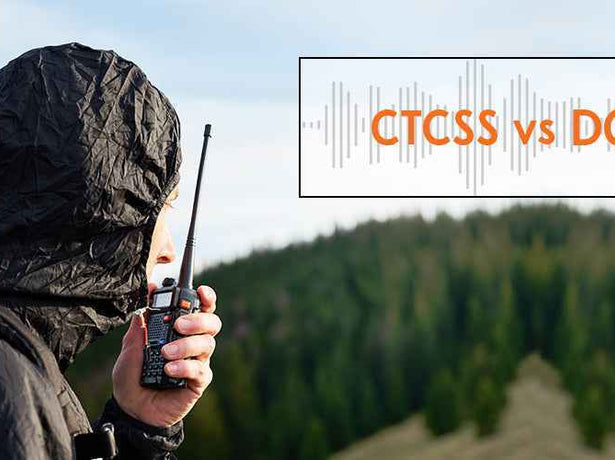
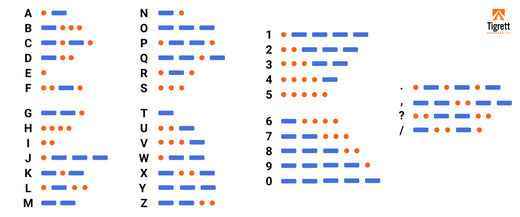
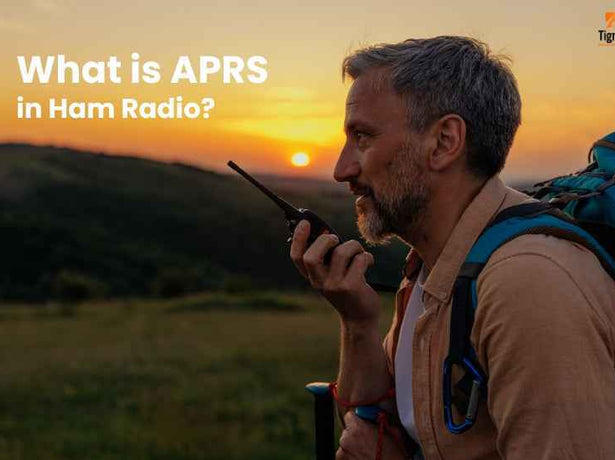
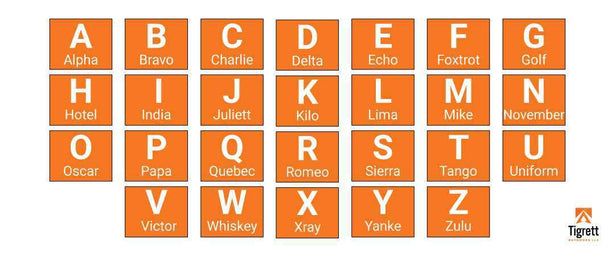
![What Does 73 Mean in Ham Radio? [Explained]](http://tigrettod.com/cdn/shop/articles/1741427464_615x460_crop_center.jpg?v=1741427465)
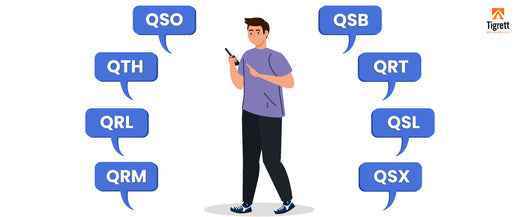
![How Much Does a Ham Radio Cost? [Everything Explained]](http://tigrettod.com/cdn/shop/articles/1741427457_615x460_crop_center.jpg?v=1741427458)
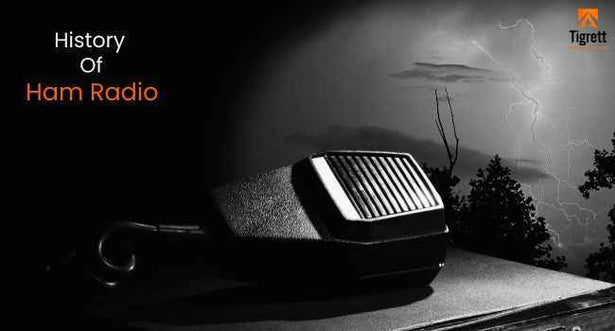
![How To Renew Ham Radio License? [Before the FCC Thinks You Vanished]](http://tigrettod.com/cdn/shop/articles/1741427449_615x460_crop_center.jpg?v=1741427450)
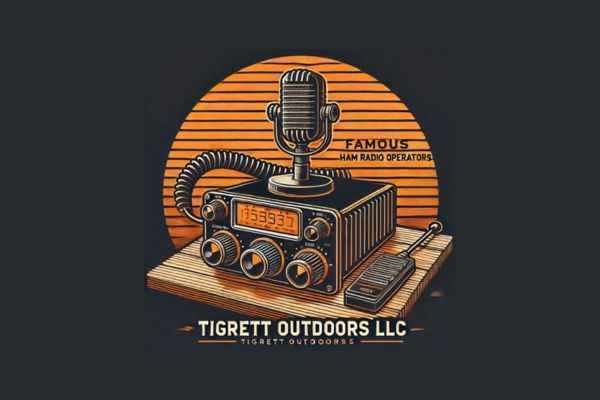
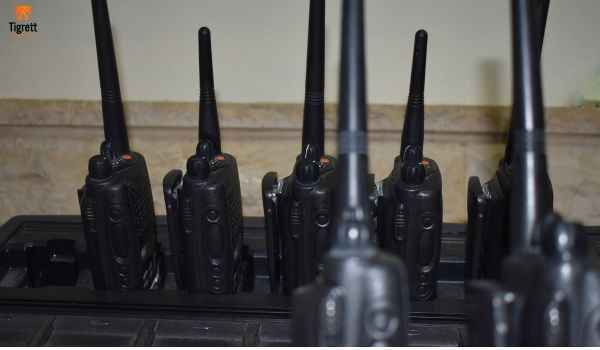
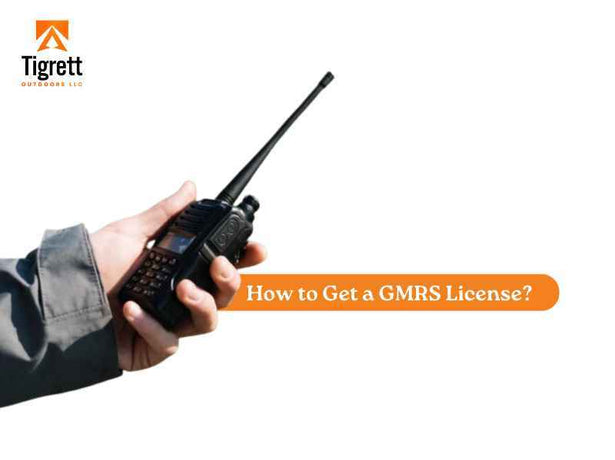
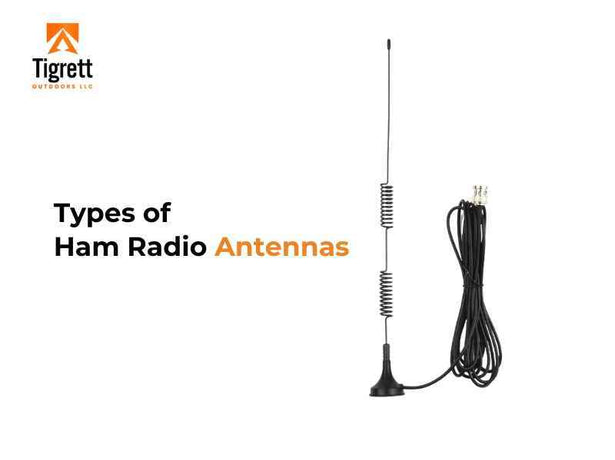
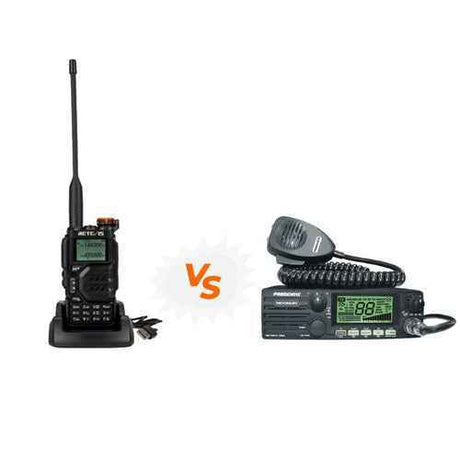
![Why the Height of a VHF Radio Antenna Is important? [Explained]](http://tigrettod.com/cdn/shop/articles/1741427428_615x460_crop_center.jpg?v=1741427429)
![How to Use Baofeng UV-5R as a Walkie Talkie? [Explained]](http://tigrettod.com/cdn/shop/articles/1741425757_615x460_crop_center.jpg?v=1741425758)
